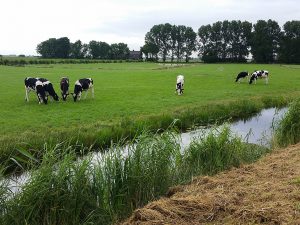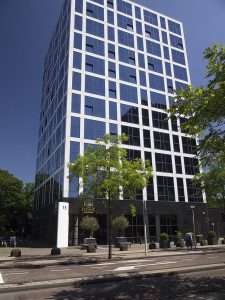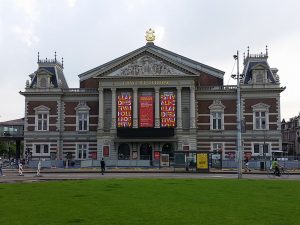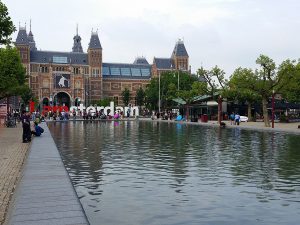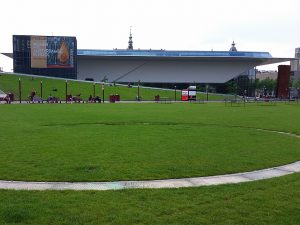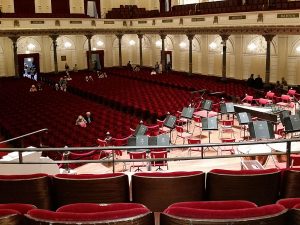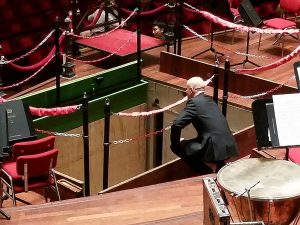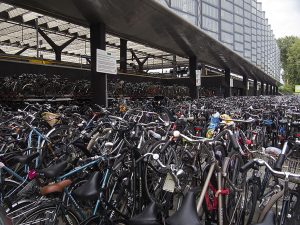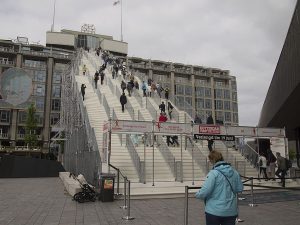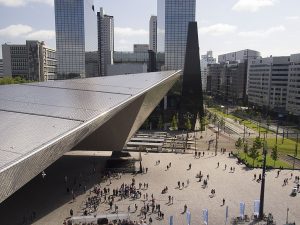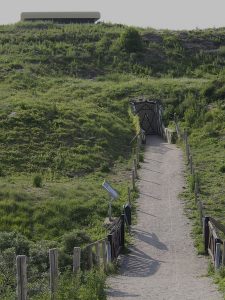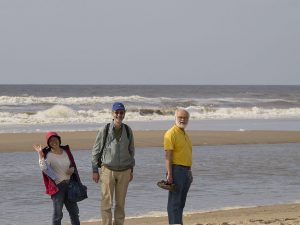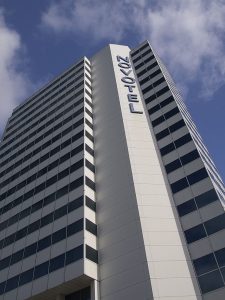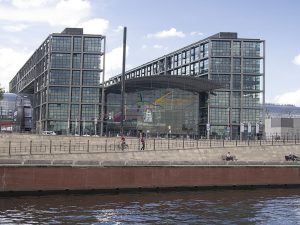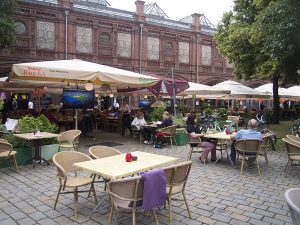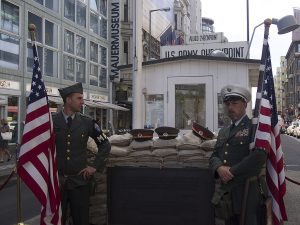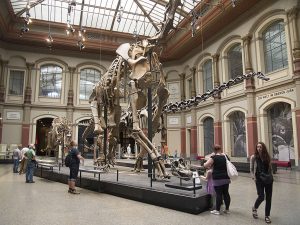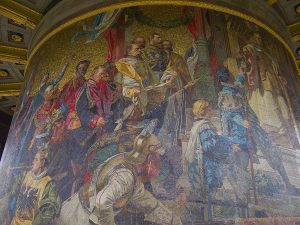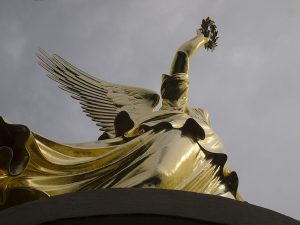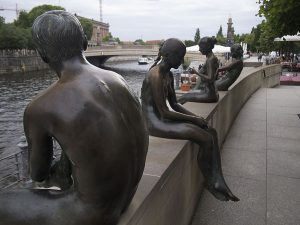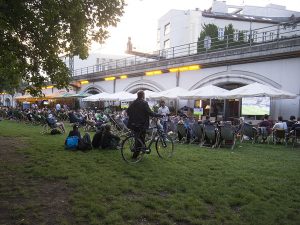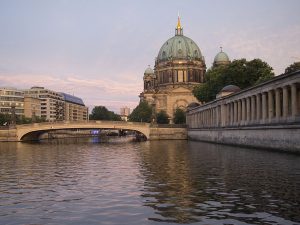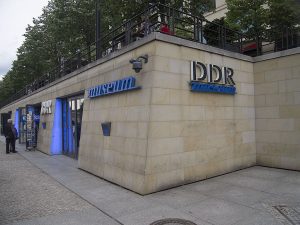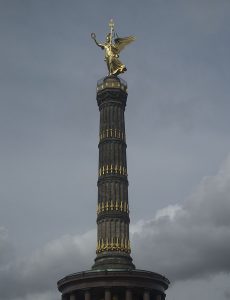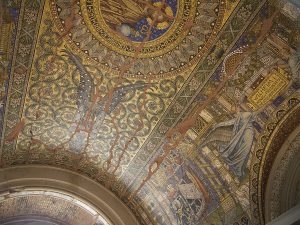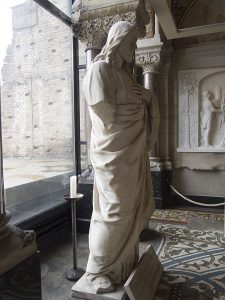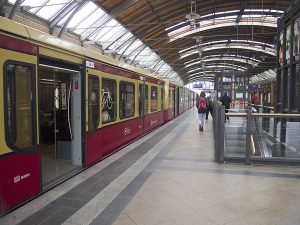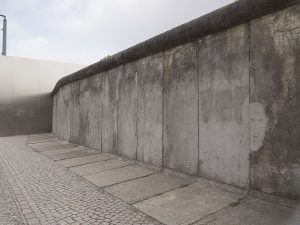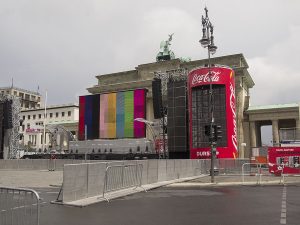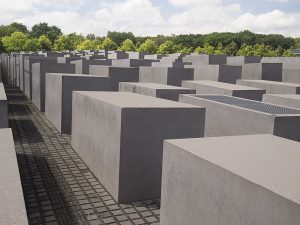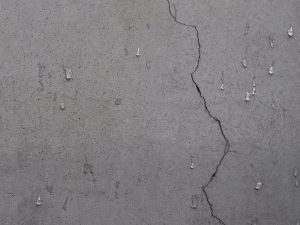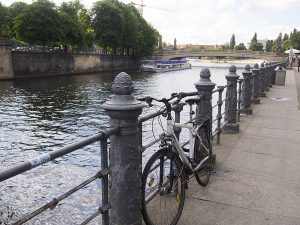My apologies to our regular readers for not writing in ten days, but visiting old friends in the country I was raised in provides less material than visiting new places. Holland has changed, though, since I left many years ago. For one, there are no more post offices. Post office services are now provided by supermarkets and various licensed specialty shops.
Public transportation was always good, but now, to get onto public transportation you need a chip card, which is sold at a limited number of locations. Catch 22! Not very tourist-friendly. Once you have a chip card, you’re all set, though. You can use it on buses, subways, trolleys, and trains, local or national.
For my Vermont and Colorado skiing friends, you should know that Holland has year-round skiing on what my friend Jeff calls “Mount Rotter” (not its real name), a former garbage pile near Rotterdam that has been transformed into a ski hill. The term “man-made snow” has new meaning here. Holland is fully prepared for climate change, from dealing with rising sea levels to lack of snow. So, you Vermonters and Coloradans, pack your bags and move to Holland right now!
This is the first time I rented a house in Holland, actually Friesland in the northern part of the Netherlands. Friesland is the Vermont of the Netherlands, meaning idiosyncratic and with an independent streak, including its own language. I always wanted to vacation in Friesland. Unfortunately, our vacation home is in a gated vacation community, which I think is an oxymoron: any community that separates itself, isn’t. The second language here is German, not Frisian. So, I am a little disappointed, no offense to the Germans.
But the house does overlook a nature preserve. Noisy shore birds provide entertainment. A local duck comes by regularly, tapping on the porch door demanding hand-outs. There is a partial view of the IJsselmeer (formerly Zuiderzee) where I saw an unexpected sight on Saturday: for the first time in my life, I witnessed a funnel cloud, more accurately, a waterspout. Unlike tornadoes, which reach down from super-cell thunderstorms, waterspouts originate from the water up and are less destructive than tornadoes. But they are very “scenic”. I snapped a phone picture of it from far away, but it is too fuzzy for the blog.
The house is well equipped with very modern appliances with obscure user interfaces. I do not understand why any kitchen appliance needs a forty-eight page user guide. The user guide for the combination washer / dryer (what’s next, combination refrigerator / oven?) says that it will work better after you get some experience with it—except I am on vacation and I just want my clothes clean.
Finally, with apologies to English and Scottish readers, whatever their votes were and whatever their opinions are or may have been, I am very disappointed about “Brexit”, even though it is none of my business. I see it as a manifestation of the larger political malaise in western countries, where populist movements try to tear things down without putting anything else in their place.
